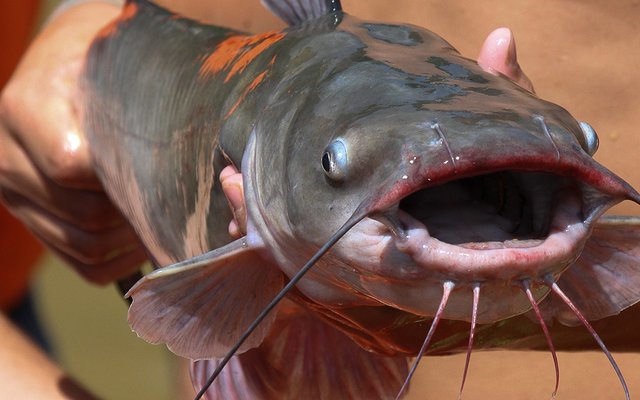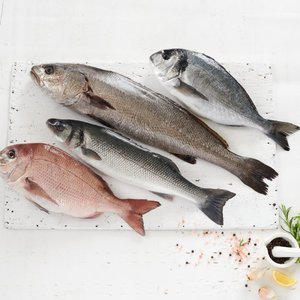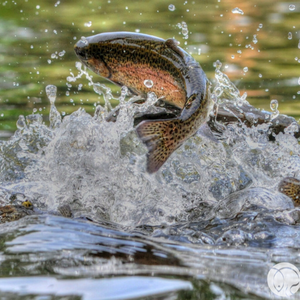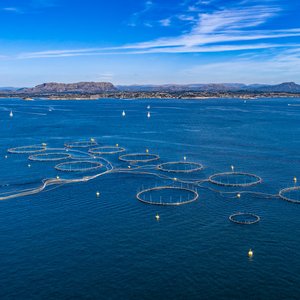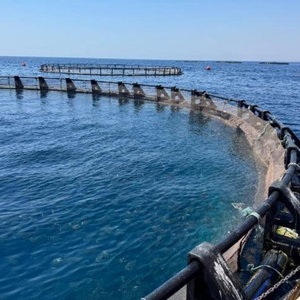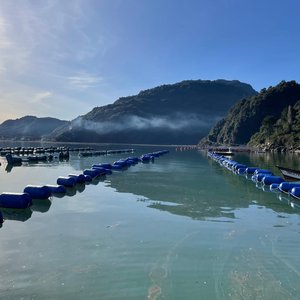Catfish farmers may be hurting their profitability by needlessly sacrificing male catfish when collecting sperm for breeding, according to a recent study. The same study discovered the indicators farmers commonly use to select males for breeding, like head size and coloring, are not always linked to sperm quality or quantity.
A team of hatchery scientists from Auburn University in Auburn, Alabama, USA was awarded USD 430,000 by the National Institute of Food and Agriculture to study hybrid catfish breeding practices to help improve reproductive efficiency and reduce production costs for catfish farmers.
Catfish farming accounts for nearly 70% of all U.S. freshwater aquaculture, and it is a USD 104 million industry in Alabama, according to the USDA Census of Agriculture. However, the process of developing hybrid catfish embryos is highly labor intensive, and farmers lack science-based practices for choosing the best males for breeding.
The high variability in sperm quality and quantity among male catfish is a problem because farmers don’t have good methods for selecting which fish to breed, said Ian Butts, associate professor and the grant project’s director. Farmers commonly use physical attributes, such as a larger head or brighter coloring, as shortcuts to predict which fish will have more and better sperm. However, the study’s results suggest those cues are not always useful.
“We can’t just tell a farmer, ‘You need to look at the circumference of the head because that’s going to give you a good predictor of sperm quality’ because that’s not the case. It’s highly variable,” said Butts. “You might have a fish with a massive head with a lot of muscle, and it could even be the ‘right’ color fish, but it might have small testes with poor sperm.”
Hybrid catfish breeding can also be costly. Sperm collection is a lethal procedure for the fish. Since the blue male catfish don’t reach sexual maturity until 4-7 years of age, farmers have considerable investment in the males they select. Farmers must choose between sacrificing fewer males, and risking lower fertility rates, or sacrificing a surplus of males to guarantee higher rates. Since the timing of fertilization is critical, they often choose the latter.
Butts and his team tested the minimum amount of sperm needed for a successful fertilization rate and discovered the best ratio is much lower than is commonly practiced in commercial farming. Farmers are likely collecting too much sperm and needlessly sacrificing males they’ve spent many years feeding and caring for—without an increased rate of fertilization. This discovery will take much of the guesswork out of how many males to sacrifice and help make catfish farmers more efficient, said Butts.
The inefficiency of the current process is not trivial to the industry. In the past, it has contributed to bottlenecks in the supply of hybrid catfish fry and fingerlings, which farmers purchase to raise. Shortages between 2014 and 2017 were so severe, that many farmers were forced to stock channel catfish. Even today, farmers often have to place their orders for hybrid fingerlings months in advance, according to Butts.
The results of this study are part of a larger effort to help make the U.S. catfish industry more resilient. During the Great Recession, American catfish farmers lost 73% of the U.S. market share to imported competition. A combination of factors, including high feed and fuel prices, and competition from Vietnamese catfish imports, led to a steep decline in catfish production. U.S. catfish production peaked at 330,693 tons in 2003 but now hovers at half that amount, according to Rex Dunhan, the Butler-Cunningham Eminent Scholar in Agriculture & Environmental Science at Auburn and member of the grant team.
“When the perfect storm – of high feed and fuel prices and foreign imports – hit, the inefficient catfish farmers went out of business, downsizing the industry,” Dunham said. “Prior to that, they could operate inefficiently and still make lots of money in good years.”
The U. S. catfish industry will have to make “major leaps in efficiency” to make up the market share lost during the Great Recession, Dunham added.
Catfish farmers can learn more about this and other recent research at the Annual Alabama Catfish Conference held on January 9 at the Black Belt Research Station in Marion Junction.
In addition to Butts and Dunham, the grant team included Luke Roy of Auburn Extension, and Michael Kjelland of Mayville State University.


